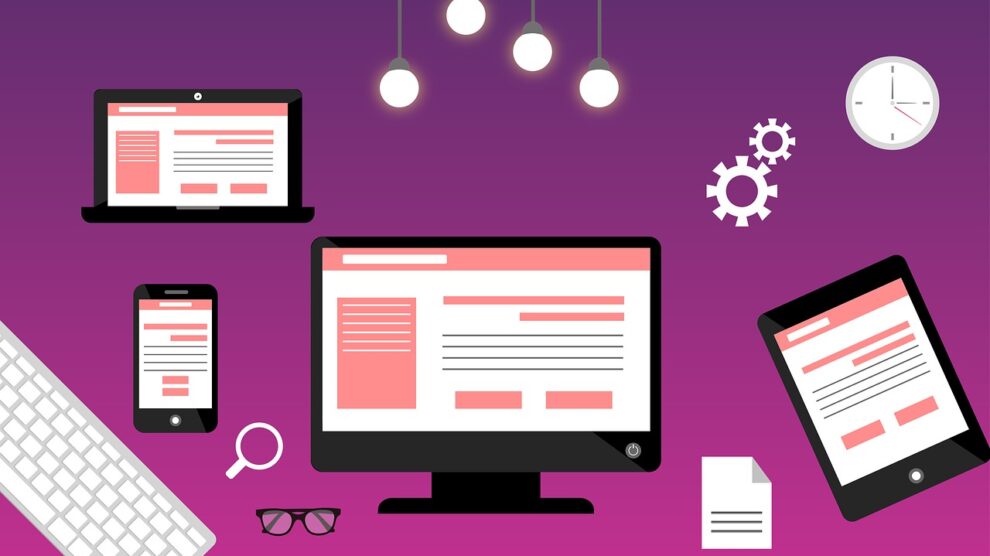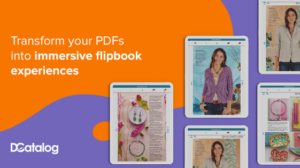You may think a website is just a website, and that it ultimately won’t have any effect on your products’ online sales — but you’d be wrong. In fact, just the opposite is true — your website design has a direct impact on your returning users and bottom line.
Why’s this? Well, when it comes to encouraging users to complete an action, a strong understanding of why people do the things they do is imperative. After all, if you don’t know what entices users, how can you get them to do what you want them to on your website? Luckily, the overarching question of “why?” can be answered by employing some basic psychological principles to your website design.
Don’t fret — psychology in design isn’t as complicated as it sounds. There are a few easy rules you can follow to ensure your website design is fully optimized for your users’ enjoyment AND your business’s revenue.
Here are 3 top tips to use psychology in design to your advantage.
1. Less is more
Consumers are a fickle group. They can be easily distracted, and are turned off by your brand altogether even faster by the simplest of things. Too many design elements? Nah. Large paragraphs of text? I’ll pass.
A 2012 study by Google confirmed this. The research found that users overwhelmingly rated simple websites with clean, familiar organization more beautiful than complicated websites in a similar category. The former unsurprisingly led to higher conversion rates.
To achieve similar results, minimize your users’ attention span by utilizing only a few design trends. Delicate animation, a few high-resolution photographs and short sentences and bullet points will go much further than a web design containing every trending element known to mankind, three pages filled with text, and several slideshows.
Big Cartel is an excellent example of a well-organized, clean website design. According to DesignRush, the online platform for artists has a simple homepage, complete with a clean grid, digestible images and videos, and copious amounts of white space. These elements create a comfortable environment for their demographic to navigate, culminating in a calm purchase that users can feel good about — you know, the ultimate end goal!
Piggybacking on the above idea of simplicity, ensure your website design is extremely intuitive, because easy-to-access information is the backbone of your brand. If people can’t find what you want them to find, why do you even put it on the Internet? What’s the point?
Remember, all you have to do is draw users in — your product can do the heavy lifting once they’re there.
2. The correct colors are key
Color psychology is paramount if you’re aiming to cultivate a particular emotional response on your website. Do you want visitors to feel at ease? Try soft blue hues, which symbolize tranquility. Do you want a spark of energy? Incorporate pops of orange!
Not sold on the validity of color psychology? Take Instagram for example. There’s a reason that blues historically garner more likes on Instagram than other colors (24 percent, to be exact). Not only does blue represent peacefulness, but it’s also associated with harmonious places such as the ocean or clear blue skies. Whether or not your design showcases doesn’t necessarily matter — your users are already subconsciously programmed to relate the two.
Both the individual colors and the overall palettes that you utilize within your website design will inform the way your users feel when they land on the website, so pick them carefully. Take your time to fully understand your target demographic, then determine a direct call to action that you would like them to take. Then, craft your colors around your goal for ultimate success.
CTAs should stay at the forefront
Any time you’re making a decision about your design, remember that the action you want a user to complete is the end goal. Thus, calls to action (CTA) should stay at the forefront of every choice you make when constructing and optimizing a design. Dropbox’s website design exemplifies this – their bold text and simple color blocking tells users exactly what they need to do.
That intuitive navigation we mentioned earlier should lead users right to the CTA. The color palette you chose needs to open visitors up the emotional capacity of making a purchase (or whatever your target may be). Heck, even the placement of text and typography you choose should all pave the way for your CTA.
According to Speckyboy, this web design roadmap is called neurodesign. The idea behind this is that businesses and brands can create a defined roadmap to their CTA based on the logical order of information that a brain craves. Every element — color, typography, grids, spacing, etc. — are all pitstops along the way of this journey you’re taking your users on. So, don’t make them use an atlas (or worse, go it alone…). Be the Google Maps of the Internet, and lead them where they want to go.
Conclusion
At the end of the day, psychology in design is pretty straightforward — all you have to do is remember a few easy rules:
• Create a clean, well-organized website design that is easy to navigate.
• Strategically use colors that will encourage the feeling you want your users to feel.
• Make all calls to action exceedingly clear through typography, text, and overall design.
The rest is just common sense!
How do you utilize psychology in design? Tell us in the comments below!





